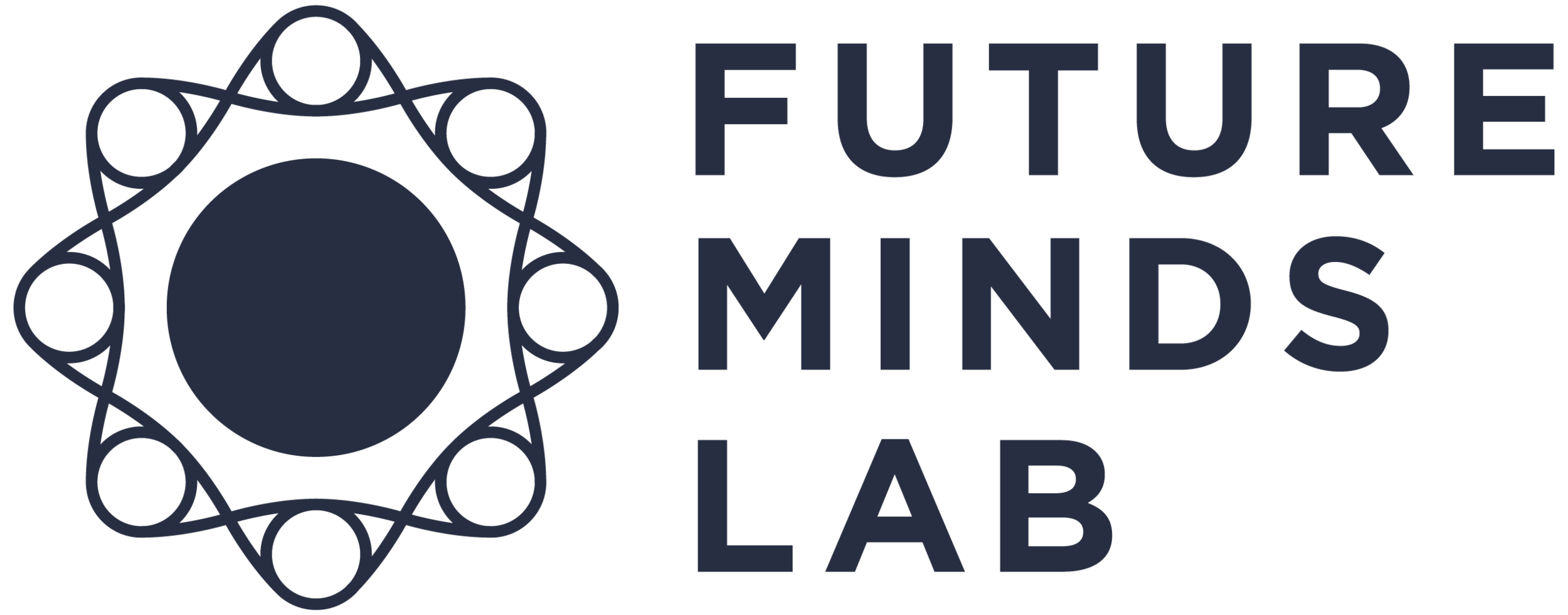Solving innovation challenges through the power of cognitive diversity - Part 2: When is diversity useful?
In the previous blog post of this series, we introduced two broad categories of diversity - surface-level and deep-level diversity.
As a refresher, surface-level diversity relates to easily observable traits like gender and ethnicity and deep-level diversity is concerned with traits that aren’t as obvious; psychological traits like personality or cognition styles. Research tends to support the benefits of deep-level diversity in team performance but the relationship isn’t as simple as “more diversity = better”. In this blog post, we’ll dive a bit deeper and look at some dependencies of deep-level diversity.
You can have too much diversity.
Like many things in life, moderation is key. Too little diversity within a group and there is a tendency to conform without challenging assumptions, leading to biased judgements. Too much diversity and conflict and tension among competing perspectives hampers reaching a consensus. An optimum amount of diversity must exist to realise collaborative benefits.
Effective leadership plays a role in harnessing the benefits of deep-level diversity.
Often, an “optimum” amount of diversity isn’t enough by itself. Leadership behaviours such as communicating a shared vision or coaching and mentoring the skills needed for the team to flourish can further boost the benefits of deep-level diversity. The unavoidable conflict that comes with having variety in perspectives means that leadership must balance individual agendas versus the desire to get along.
Diversity is most helpful when generating ideas but less helpful when converging on a solution.
Take any of the popular of problem-solving processes - design thinking, double-diamond, Osborne-Parnes model - and one of the similarities they share is the need to diverge on a range of potential solutions before converging on an ideal solution. Experimental studies have shown that deep-level diversity in groups is beneficial for generating more ideas that are also unique. However, when diverse groups tried to converge around a single solution by building on and combining ideas, the benefit of diversity disappeared and hampered the final output compared to less diverse groups.
Overall, understanding the conditions in which diversity is beneficial facilitates a balanced view of diversity. While homogeneity tends to promote cohesion and harmony, it can just as easily lead to conformity and low agility resulting from overcommitting to decisions or being closed to new information. On the other hand, diversity is often hailed as a trump card for solving any challenge. Innovation requires execution of ideas and while diversity has its advantages and applications, it can also paralyse teams because of a lack of agreement on the best direction.
Taking the information we have here together, we can start to think about when and how teams should be formed based on the stage of a project.
As we mentioned in the previous post, many evidence-based tools are available to assess individuals’ deep-level attributes, which forms the basis of building teams with a desired makeup of people. Early on in an innovation process, building cognitively diverse teams helps to generate more ideas. But when it comes to implementing solutions, less cognitively diverse teams are likely to fair better in setting an agreed direction and then executing, particularly with the right leadership.

